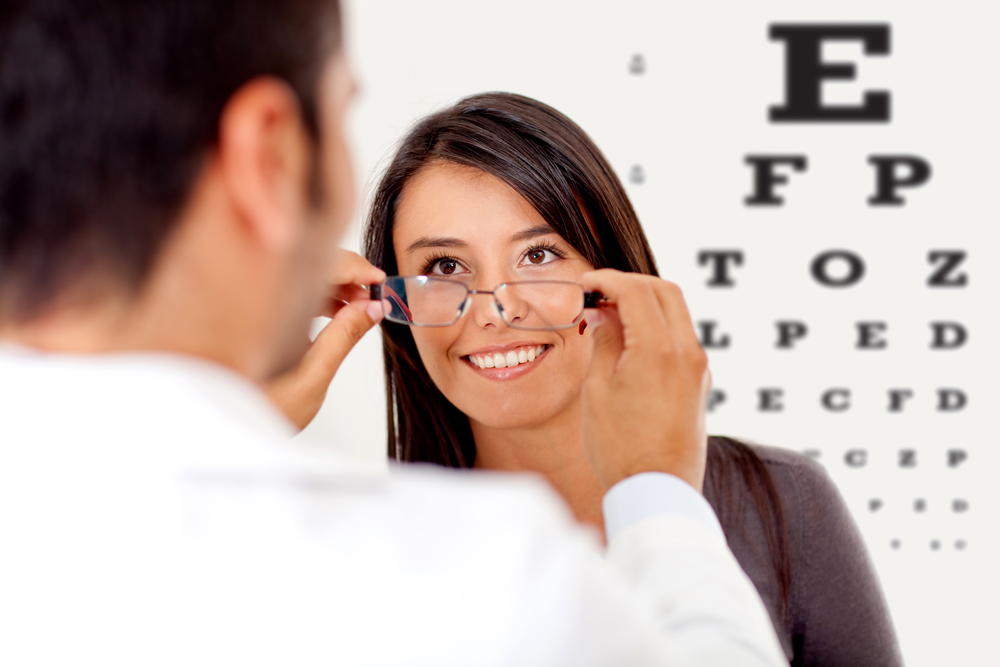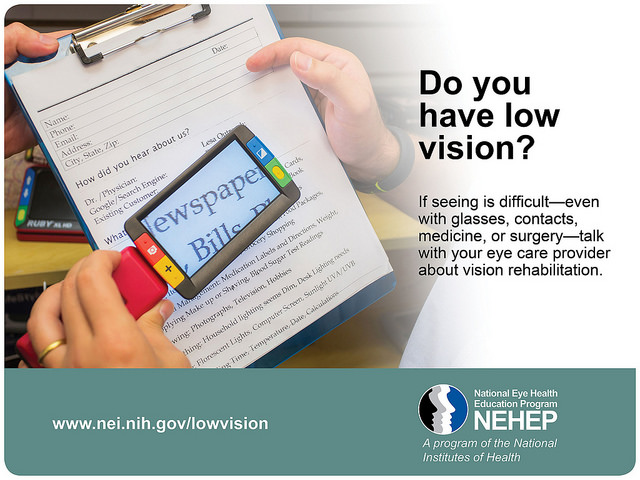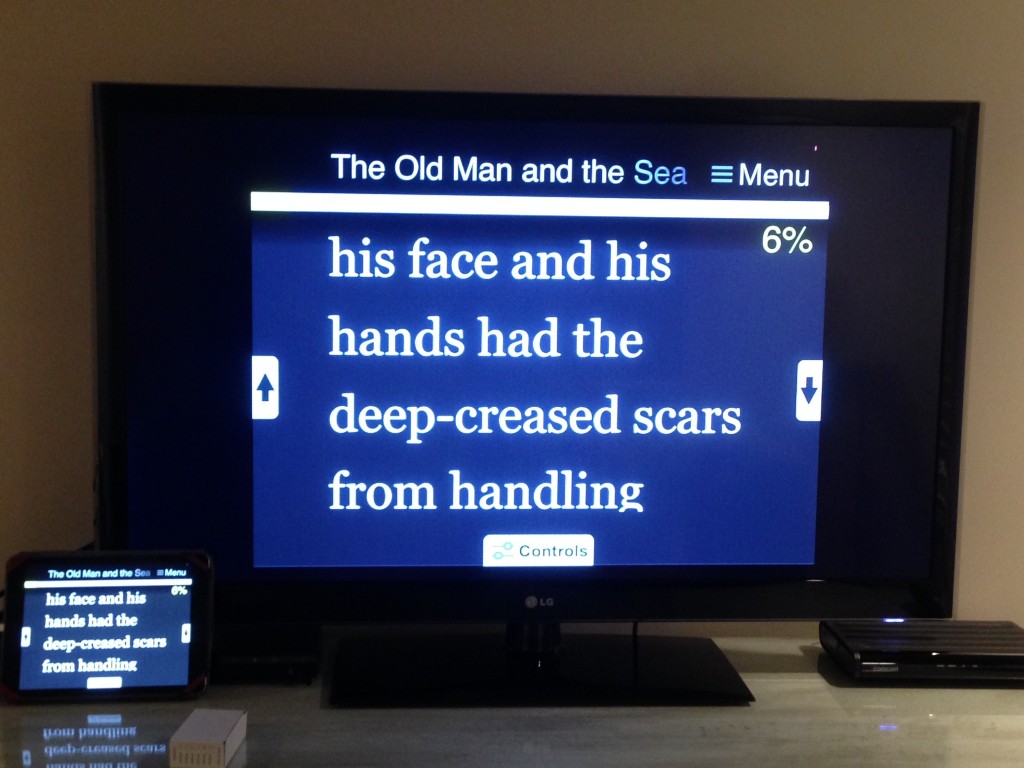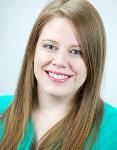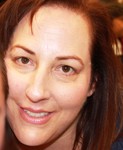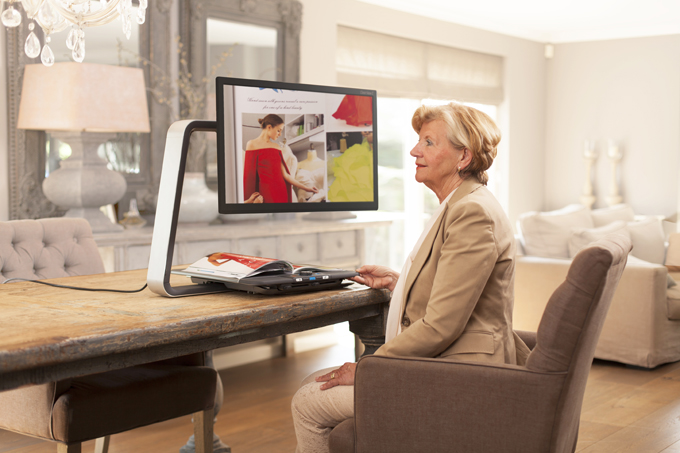You as a Guide
As the spouse, partner or friend of a person that has low or no vision, it is hard to know when to step and help. You don’t want to offend them by jumping in and making them feel incapable, nor do you want to stand by and have them stumble along, possibly hurting themselves.

Here are few pointers to help a blind or visually impaired person with mobility so you can be supportive and considerate.
- First and most importantly, never assume the person wants or needs your help. Always ask first and never force the person to accept your help.
- If your offer of help is accepted, ask if the person would like you on their right or left, then the tap them with your appropriate elbow so the person needing help can grasp slightly above the elbow.
- Relax and walk at a comfortable, consistent pace, about a half step ahead.
- When navigating obstacles, guiding signals, along with verbal cues, are helpful. Examples:
Curb – brief pause and state “we are approaching a curb and it is slanted upwards.”
Narrow door or passage – you enter first moving your guiding arm behind the small of your back and let them know you are moving through a doorway or narrow space and which direction the door opens so they can move to the appropriate side. - Stairs – stop at the edge of the first step and let the other person know if the steps are up or down, where the railing is (make sure it is on the side of their free hand), and if there is anything special about the steps (they are uneven, very steep, have an overly wide tread, etc.). If there are just a few steps let them know, “you will take 4 steps down.” The will follow one step behind you, with one hand on the handrail and the other holding your arm. Pause after completing the stairs.
- Escalators and revolving doors – Use similar guiding cues as you do for the stairs. Let them know when to step onto the escalator and when to get ready to get off. If the person you are guiding is uncomfortable with escalators or revolving doors, use the elevator and regular doors which all buildings are required to have.
- Chair – when approaching a chair, place the hand of the person being guided on the back or side of the chair, letting them know which direction the chair is facing.
- Never leave a person who is blind or visually impaired in “free space.” Make sure they are in contact with a wall, railing or some other stable object until you return.
If They Use a Guide Dog
Guide dogs are invaluable to people that are blind or partially sighted. They allow their owners a sense of independence. But how should you respond to a guide dog who is working?
- Never distract the dog from its duty, so don’t pet the dog without asking.
- Before asking a questions of a person handling a dog, allow them to complete the task at hand.
- Remain calm when you approach, never teasing or speaking to the dog.
- Do not offer the dog food or other treats. They are fed on a schedule and follow a specific diet to keep them healthy. Deviations from their routine can disrupt their regular and ad relieving schedules, seriously inconveniencing their handlers.
- Do not offer toys to a guide dog. Though they are treated as pets when they are not in their harnesses, they are only allowed specific toys. In their harness they don’t play with toys.
- Do not call out to the guide dog or obstruct its path, as it can break the dog’s concentration which could prove to be dangerous to its handler.
- In some cases the person with low or no vision may prefer to take your arm above the elbow and allow their dog to heel instead of lead. Follow the same instructions as in the first part of this blog. When approaching stairs, ask how the person how they wish to proceed, as they will be holding your arm with one hand and the guide dog with the other, making it impossible to grasp a handrail.
Giving Directions To Someone Who is Blind or Visually Impaired
If a person is on their own with a guide dog or white cane, giving complete accurate directions is necessary. While you may be used to pointing or saying “it is over there,” or “go around the next corner,” if you can’t see you have no idea where “there” is or the “next corner.”
- Always refer to a specific direction from the perspective of the person you are advising. Your right is their left.
- Indicate the approximate distance in addition to the direction.
- Give the approximate number of streets to cross to reach the destination. Even if you are off a block or two, it gives the person an idea of when to stop and ask for further instructions if needed.
- If possible, provide information about landmarks on the way. Remember that sounds, scents and ground textures can be landmarks. You can hear an escalator, smell the scent of fresh brewed coffee and feel the difference between grass and a sidewalk.
4/16/15
 Susan DeRemer, CFRE
Susan DeRemer, CFRE
Vice President of Development
Discovery Eye Foundation


